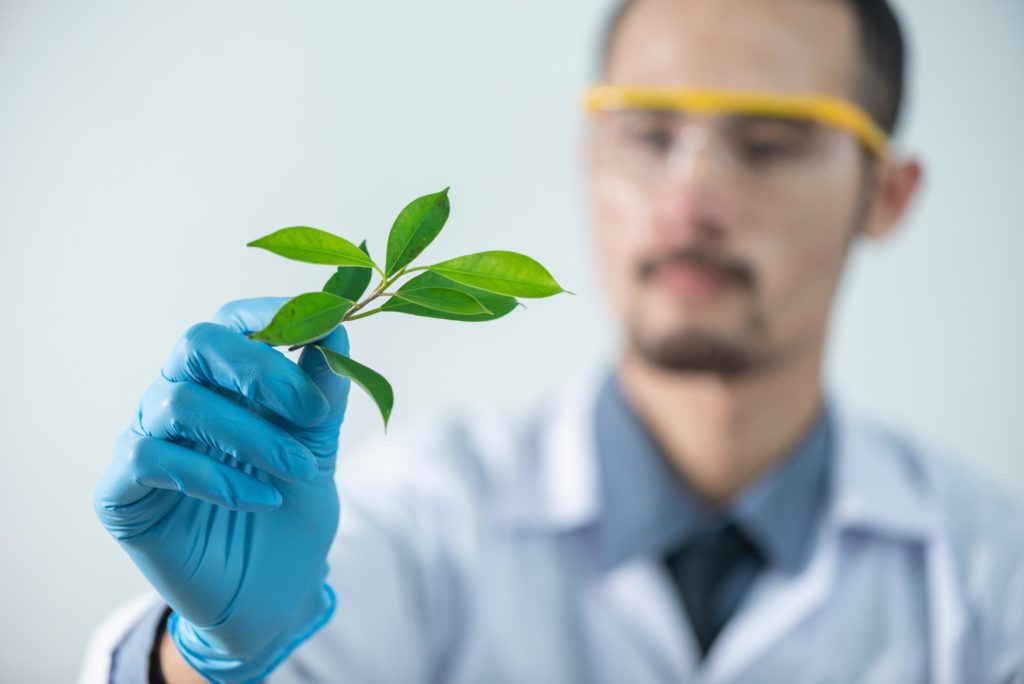
Traditional Smokes: Respecting Indigenous Practices and Culture

Canada is known for its stunning landscapes and multiculturalism. However, it is also known for its Native American population and the rich history that comes along with it. One such aspect of that culture is the use of tobacco in spiritual and medicinal practices. Native smokes, commonly known as ceremonial tobacco, have played an essential role in First Nations culture for thousands of years. In this blog, we will uncover the rich history of Native smokes Canada.
Native tobacco has been an essential part of First Nation culture for thousands of years, used in spiritual and medicinal practices. The tobacco leaf was exchanged as a sign of respect, peace, and friendship among different tribes, and it was smoked in rituals and ceremonies to summon spirits and seek guidance. The traditional understanding of tobacco is that it is a sacred plant with a Spirit, and its smoke was believed to carry people’s wishes to their deities. Smoking traditional tobacco remains an essential part of many indigenous communities’ spiritual practices, and it continues to be used in sacred and ceremonial events.
Native smokes are not the same as commercial tobacco products and are not meant for recreational use. Native smokes are sold and used for sacred and ceremonial purposes, and the tobacco is cultivated in ways that are humane and respectful to the environment. It is important to recognize the difference between commercial tobacco products and traditional Native smokes. Native smokes are considered part of the traditional Indigenous knowledge and should be respected as such by non-Indigenous people.
The tobacco industry has had a detrimental impact on Indigenous peoples over time, as commercial tobacco products have become a significant health concern in Indigenous populations. There is a high prevalence of smoking in Indigenous populations compared to the general population. This is primarily due to colonization, residential schools, and cultural assimilation that led Indigenous people to adopt unhealthy habits, including tobacco use. Many First Nation communities, however, still use traditional tobacco in sacred and ceremonial rituals while advocating for health behaviors.
Today, there are initiatives to revive traditional practices and reduce tobacco use in Indigenous populations. Efforts are being made to encourage the use of traditional Native smokes and promote healthier habits and culture. First Nation communities are working collaboratively to offer alternatives to commercial tobacco products and are advocating for more accessible and affordable ways of procuring traditional Native tobacco.
Conclusion:
In conclusion, Native smokes are an essential aspect of First Nation culture in Canada and have played a vital role in spiritual and medicinal practices. These practices were disrupted by colonization and residential schools, leading Indigenous people to adopt unhealthy habits such as commercial tobacco use. There are now initiatives to promote the use of traditional Native smokes and encourage healthier habits and culture. Indigenous communities are working collaboratively to offer alternatives to commercial tobacco products and advocate for more accessible and affordable ways of procuring traditional Native tobacco. In doing so, there is hope for the revival of traditional practices and a better future for the Indigenous peoples of Canada.
